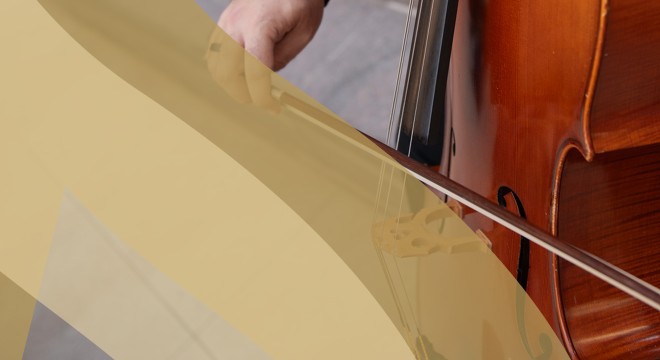ALEXANDER BORODIN
Overture to Prince Igor
Born: 1833, Saint Petersburg, Russia
Died: 1817, Saint Petersburg, Russia
Composed: 1869-1887: Premiere: November 4, 1890
Length: 10 minutes
Alexander Borodin’s four-act opera, Prince Igor, is based on the medieval Russian nationalistic epic, The Tale of Igor’s Campaign. It tells the story of a 12th century military campaign, launched by the Prince of Novgorod-Seversk against the Polovtsians, an invading nomadic Tartar tribe. Quickly, the campaign takes a disastrous turn, and Igor and his son, Vladimir, are taken prisoner.
A member of the group of composers known as the “Russian Five,” Borodin divided his time between writing music and working as a highly respected research chemist. He worked on Prince Igor for 18 years, beginning in 1869, but the work remained unfinished when he died suddenly in 1887. The score was completed by Nicolai Rimsky-Korsakov and a 23-year-old Alexander Glazunov. The premiere took place at the Mariinsky Theatre in St. Petersburg in November, 1890.
Based on themes from the opera, the Overture to Prince Igor was reconstructed by Glazunov from Borodin's sketches. Glazunov later wrote,
"I took the themes from the corresponding numbers of the opera and was fortunate enough to find the canonic ending of the second subject among the composer’s sketches. I slightly altered the fanfares for the overture…. The bass progression in the middle I found noted down on a scrap of paper, and the combination of the two themes (Igor’s aria and a phrase from the trio) was also discovered among the composer’s papers. A few bars at the very end were composed by me.”
Filled with lush, shimmering melodies and a thrilling sense of adventure, the Overture captures the dramatic sweep of the opera.
Program notes by Timothy Judd, thelistenersclub.com










